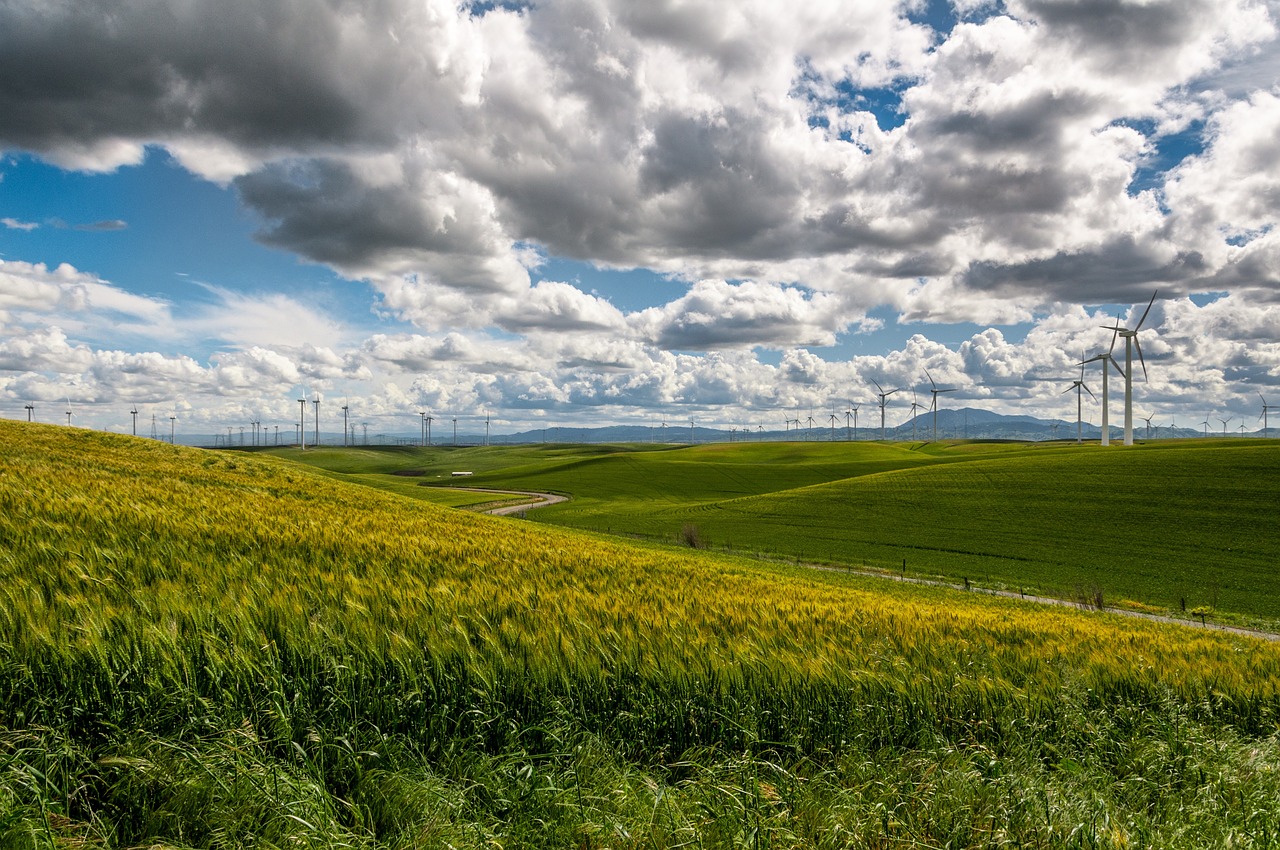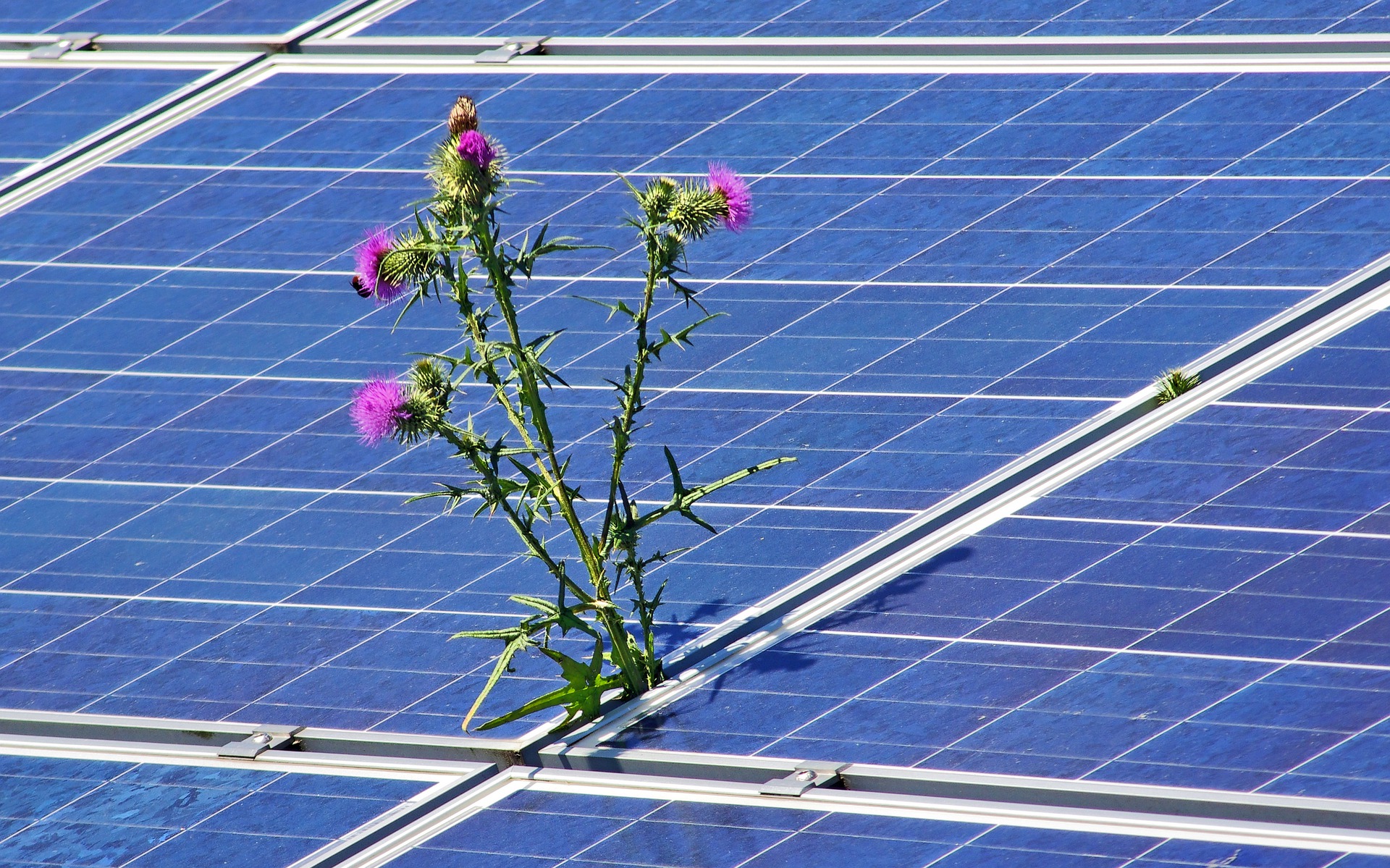Sustainable technology represents a significant challenge for our times. It seeks to address a variety of issues — namely the toxification and pollution of our planet, starvation, climate change, and the depletion of fossil fuels, minerals, water, and other natural resources.
Descriptions of this technology are often in competition depending on the party providing the definition — which can hinder solutions. In this article, we will define what sustainable technology is, why it’s important to our global ecology, and some facts you should know about this technology.
What Is Sustainable Technology?
Sustainable technology or development is a system or a set of procedures that meets the needs of the present without compromising the ability of future generations to meet their own needs. In the past, societies didn’t pay much attention to the rate at which they used resources such as coal, petroleum, timber, or water.
At the height of the Industrial Revolution, Britain, Germany, and the United States were in a global race to secure natural resources to fuel their nascent industrial economies. They gave no thought to the impact that rapid industrialization had on current or future populations.
Panic Without Power
We can all agree that without technology, society as we know it would soon collapse. Being without electricity or running water even for a few hours is enough to bring on a sense of panic.
Today, people are even more dependent on technology with the advent of the internet and mobile phones. Yet, few of us give much thought to the underlying structure that supports our modern life, and it’s easy not to when things are going well.
The Key
Sustainable technology focuses on the principles of resource conservation, recycling, reuse of finite resources, energy efficiency, reduction of pollution, and minimizing the impact on the environment.
The end game is to increase productivity, cut costs, and increase the general well-being of society.
Why Is Sustainable Technology Important?
Most reasonable people would agree that preserving our resources, protecting our planet, and passing on a better world to future generations is important. But balancing the needs of an ever-expanding global economy with the costs involved in changing to a sustainable economy produces sticking points.
Whole industries and economies have been built to keep and perpetuate current resources and technologies and those entities resist change.
Energy
Fossil fuels like coal, petroleum, and natural gas supply approximately 80 percent of the energy that powers our contemporary economy. The petroleum that fuels our cars, lubricates engines and gears, and heats homes is being depleted at a rapid rate.
Coal, while being phased out, remains an important energy cog in several economies — especially those of less developed countries. Though coal is less efficient than petroleum, it takes millions of years to make. And like petroleum and natural gas, coal is being consumed faster than it can be created.
We need to transition to sustainable solutions to preserve current resources, reduce pollution, and give us time to perfect and incorporate newly sustainable technology.
Consensus Varies
Consensus varies on how long these fossil fuels will last, but we should use sustainable technology to avoid the complete depletion of our natural fuel sources. We should develop a sustainable solution that will allow us to realize the full potential of natural resources such as hydro, wind, solar, and geothermal power.
In addition, we are developing technologies to harness the power of the ocean tides to provide power to cities along with hydrogen fuel cells to power our vehicles. In fact, hydrogen cells (they convert water into electric power) may bypass battery-powered vehicles even before that technology becomes fully adopted.
Economic Benefits of Adopting New Technologies
The economic gains that can be realized through the adoption of sustainable technologies can take many forms. We can see these benefits in increased economic growth, competition between businesses to reduce their carbon footprint (and increase their bottom line), and the revitalization of societies as they transform themselves.
These efforts are vital to encouraging investment; attracting new residents and businesses to communities, cities, and countries; and reducing waste and pollution.
Energy Conservation and Efficiency
Generating energy to power our cities and factories is the second biggest contributor to greenhouse gas emissions. The cost of cooling homes in the summer and keeping them warm in winter also adds to the overall costs associated with generating energy.
By introducing efficient energy programs and conservation methods, cities can significantly cut costs and save resources.
A Simple Light Bulb
Something as simple as replacing inefficient lighting fixtures in public buildings or installing LED streetlights improves safety and provides a much-needed budget relief to cities that are often strapped for cash.
Buildings, where motion detectors have been installed, can also cut their utility costs by not wasting power to light, cool, or heat vacant offices. Expanded over entire cities or countries, the energy savings would be game-changing.
Health Benefits Associated With Sustainable Systems
Replacing inefficient roads with walkable byways can revitalize under-performing economic zones while reducing traffic congestion and air and noise pollution.
A byproduct of implementing sustainable technology is the retention of small and medium-sized businesses, saving the jobs that sustain these community pillars.
This increases foot-traffic and physical activity, encouraging people to get out of their cars and walk or bike to work or the grocery store.
This can also lower healthcare costs for individuals and businesses and potentially promote healthier, happier, more productive employees.
Reduced traffic also reduces air and noise pollution, and reduced commute times lead to more productivity, reduced stress, and increased levels of contentment.
We can’t overlook the benefits associated with reducing stress and increasing the level of contentment within a community or workforce, be it locally, nationally, or globally.
Eradicating Poverty
We’ve long had the goal of ending poverty or at least drastically reducing it. And we have made inroads. We need to expand access to modern energy services, along with tackling climate change.
Sustainable energy, like solar and wind power, could solve both global challenges. Just a small amount of light can make a big difference. According to Justin Guay, Associate Director of the Sierra Club’s International Climate Program:
“Just providing a few hours of solar lighting alone improves the human condition.”
Further investment in technological solutions could radically change the lives of the global poor.
11 Facts You Should Know About Sustainable Technology
Energy is the fulcrum upon which we balance sustainable systems. Around the world, 1.2 billion people don’t have reliable access to power. That is greater than 1 in 6 people in the world without light for hospitals, refrigeration for food and medication, and clean, secure sources of gas for lighting and cooking.
To end poverty, we will need to extend access to modern, sustainable technology. At the same time, we must handle climate change. Sustainable energy, such as solar and wind electricity, solves both international challenges.
The United Nations has established the Sustainable Energy for All initiative to mobilize actions from governments, companies, and non-profits, along with the goal of:
- Providing universal access to modern energy services
- Doubling the rate of global energy efficiency
- Doubling the share of renewable energy in the global energy economy
Quick Facts
- A single wind turbine can generate enough electricity to fully power 1,400 homes
- China builds 2 wind turbines every hour
- Renewable energy sources now generate almost a third of the United Kingdom’s electricity
- We still subsidize fossil fuels at 4 times the rate of renewable energy sources
- Renewable energy creates 5 times more jobs than those created in the fossil fuel sector
- We can store solar power in salt to be used later; it’s called Molten Salt Energy Storage
- Portugal ran on renewable energy alone for 107 hours in 2016
-
If taken advantage of to its fullest extent, sunlight beamed on the Earth for just 1 hour could meet the world’s energy demands for an entire year
-
Solar power may account for the world’s main source of power by 2050
-
Bloomberg News reported that global investment in renewable energy was over $270B in 2014 alone
-
In 2017, the world added 167 gigawatts of capacity for renewable power compared to 158 gigawatts of fossil fuel capacity
These are only a few facts that highlight the growth, efficiency and, effectiveness of sustainability as we move away from traditional sources and systems.
The Bottom Line
When implementing sustainable technology, the goal is ultimately to live in a world with zero waste and zero emissions. This will require a concerted effort involving education, regulation, and participation.
We can see the world changing even now in the way we work, live, and travel. As technology improves and people adapt to new ways of thinking and doing things, a world with zero waste and zero emissions may not be far away.
The challenge is immense, but we can see the changes all around us daily. Some of this change is incremental, but even small steps on the path to a sustainable economy are better than not beginning the journey at all.
 White summary Magazine
White summary Magazine










